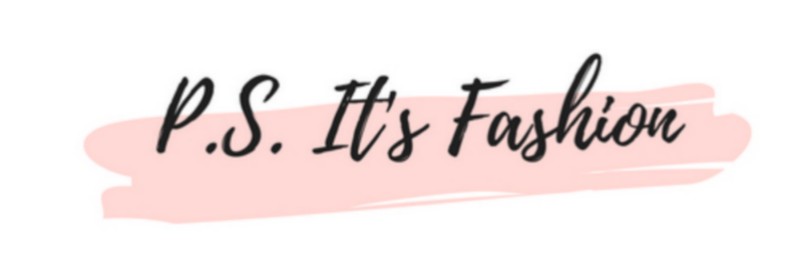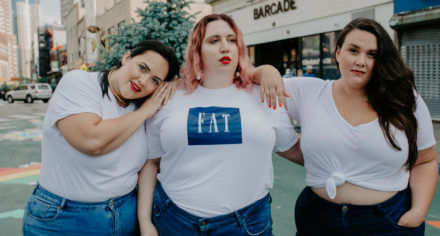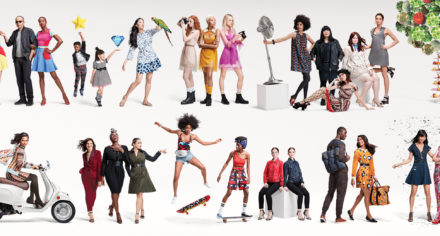(This article was originally written for, and appeared on, Refinery29. You can read the original here.)
 We’ve rattled off these stats before: The average American woman is a size 14. The plus-size consumer comprises 67% of the apparel-purchasing community. However, so many companies still refuse to expand their size range. In fact, they’re practically fighting against the opportunity.
We’ve rattled off these stats before: The average American woman is a size 14. The plus-size consumer comprises 67% of the apparel-purchasing community. However, so many companies still refuse to expand their size range. In fact, they’re practically fighting against the opportunity.
From Abercrombie & Fitch CEO Mike Jeffries’ “anti-fat” stance to Lululemon’s unwillingness to offer larger sizes, it seems that the stigma behind plus-sized fashion is still alive and well. “I understand that the process of designing and creating a plus-size range is a huge and challenging undertaking, but I have no doubt that many designers and brands don’t expand simply because they don’t want fat people wearing their clothing,” said Gabi Gregg, InStyle contributor and blogger of GabiFresh. “Most designers who don’t make plus sizes feel similarly; [Jeffries] just happened to be stupid enough to say it out loud.”
In recent news about ModCloth’s size expansion among a decent percentage of its vendors, it turned out that not all the e-commerce site’s vendors were onboard. Samara Fetto, ModCloth’s plus-size category manager and scout, explained that some designers are “just not interested in addressing this customer segment,” and in addition, “[they] don’t have resources to execute plus-size fits (people, fit models, grade rules, size specifications, patterns, etc).”
However, Fetto went on to clarify that the market is still well aware of what they’re lacking. “I’d say that everyone recognized the lack of options for plus-size women and the potential growth that can come from addressing this underserved customer segment. This was even true of those people who weren’t interested.”
With an increased level of awareness, you would think designers would be chomping at the bit to reach into this virtually untapped market. But, that’s just not the case. Aimee Cheshire, founder and CEO of Madison Plus Select, explained to us that the mainstream brands are still holding onto the idea that it’s the “high margin, skinny customer” who drives the market. “Similar to when newspaper refused to go online because people like the ‘old way,’ so too will these brands disappear as the normal once again becomes healthy and ‘plus’ loses the stigma.”
However, while we slowly watch some brands adapt to the need for more plus options, there is one brand that’s revolutionizing the approach: ASOS Curve. The collection runs parallel to its straight-size collections, and maintains the same high quality of style throughout all the sizes offered. “The main ASOS collection is fashion forward and directional, so why make the plus range any different?” says ASOS’s Curve buyer Natasha Smith. “If a girl loves fashion and wants to shop at ASOS then she wants to be able to buy the same product as our ASOS main range.”
This all leaves us wondering: What’s the truth behind the general size-expansion refusal? Are straight-size designers more concerned about being associated with antiquated notions regarding body size and fashion, or are they hoping to avoid the effort with the belief that the segment will change and revert back to what it once was? “We shouldn’t try to convince those that don’t want our business to take it,” Cheshire pointedly states. “Let’s just give it to those that want it!” After all, with so many talented designers, such as Cult of California and One One Three, willing to respond to the demands of this majority, mainstream’s loss might just be their gain.



